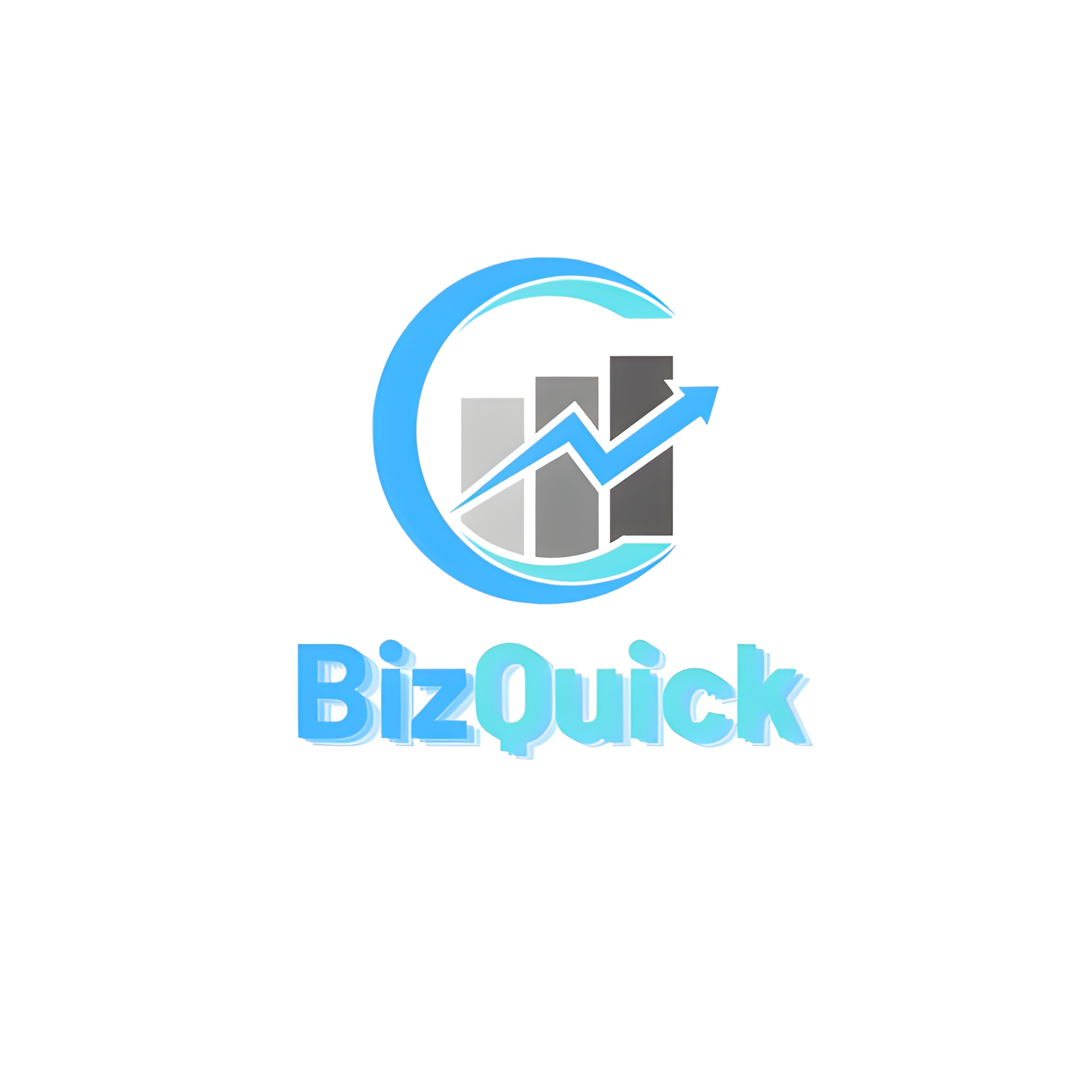Ever wondered how much paid traffic costs? Knowing the costs is key for a good marketing plan. We’ll look at what makes paid traffic pricey, giving you a detailed pricing guide.
Understanding paid traffic is vital in today’s digital world. It helps drive sales.
We aim to help businesses understand paid traffic well. By the end, you’ll know about different paid traffic types, cost factors, and budget tips. This will answer your question about paid traffic costs.
Key Takeaways
- Knowing paid traffic costs is key for a good marketing plan
- A detailed pricing guide helps make smart budget choices
- Paid traffic is important for digital marketing, boosting sales and revenue
- Many things affect paid traffic costs, like bidding and competition
- Understanding paid traffic helps use your budget wisely
- A smart paid traffic plan can greatly improve your online success and earnings
Understanding Paid Traffic
Paid traffic is key in online marketing. It helps businesses reach their audience and boost sales. Knowing the cost of paid traffic and what affects it is important. Understanding these basics is essential for running successful campaigns.
Paid traffic offers many benefits. It increases visibility, targets specific ads, and shows measurable results. By knowing these benefits, we can use our resources wisely and get the most from our investment. Some main advantages include:
- Increased brand awareness
- Targeted advertising to specific demographics
- Measurable results and trackable ROI
Exploring paid traffic shows its cost is a big factor in campaign success. Knowing the cost breakdown and benefits helps us plan better. This way, we can reach our audience and increase sales.
Looking closely at paid traffic costs and what affects them helps us make smart budget choices. In the next section, we’ll look at different paid traffic types. We’ll see how they help meet our marketing goals.
Types of Paid Traffic
Understanding paid traffic expenses is key. Each type of paid traffic has its own costs and features. Knowing this helps us make smart choices and do a good paid traffic cost analysis.
There are several types of paid traffic:
- Pay-Per-Click (PPC) Advertising: You pay for each ad click.
- Display Advertising: You pay for ad views, reaching more people.
- Social Media Ads: These ads let you target specific groups, with different costs.
Knowing these types helps us plan a solid marketing strategy. It also lets us keep paid traffic expenses in check. A detailed paid traffic cost analysis helps us improve our campaigns and get more value.

Exploring these types of paid traffic gives us insights on budgeting. This way, we can run a successful paid traffic campaign. It will help our business grow.
Factors Affecting Paid Traffic Costs
Several factors influence paid traffic budgeting. We must consider bidding strategies, industry competition, and geographic targeting. These elements greatly affect the cost of paid traffic. It’s vital to grasp how they work.
Our strategy for paid traffic budgeting should include our bidding methods. For example, cost-per-click (CPC) and cost-per-thousand impressions (CPM) can significantly change the cost. Industry competition also raises the cost of paid traffic. Knowing these factors helps us make better choices for our paid traffic investment.
Geographic targeting is another key factor. By focusing on specific areas, we can improve our paid traffic budgeting. Here are some important points for geographic targeting:
- Targeting specific cities or states
- Excluding certain regions to reduce costs
- Using location-based targeting to reach our audience
By managing these factors well, we can optimize our paid traffic investment. This leads to a better return on investment. Effective paid traffic budgeting needs a deep understanding of these factors and their interactions.
Average Costs of Paid Traffic
Understanding the average costs of paid traffic is key for setting a marketing budget. We’ll look at the average costs, including cost per click (CPC) and industry-specific averages. The cost varies based on the type of traffic, industry, and targeting options.
The payment options for paid traffic can greatly affect the cost. For example, pay-per-click (PPC) ads can be cheaper than other paid traffic methods. It’s important to consider these costs and choose the best payment options.
Cost Per Click (CPC) Overview
The average CPC for paid traffic can be anywhere from $0.05 to $10 or more. This depends on the industry and targeting options. Here are some average CPC ranges for different industries:
- Finance and insurance: $1.50 – $5
- E-commerce: $0.50 – $2
- Technology: $1 – $3
Industry-Specific CPC Averages
Knowing the industry-specific CPC averages helps in budgeting for paid traffic. For instance, finance industries tend to have higher CPCs than e-commerce. By choosing the right payment options, you can optimize your budget and get a better return on investment.
By understanding the average costs of paid traffic and the available payment options, you can create a successful marketing strategy. This strategy will help drive results.
Platforms for Paid Traffic
Choosing the right platform for paid traffic is key to a successful campaign. A detailed paid traffic pricing guide helps you understand each platform’s costs. We’ll look at popular platforms, their features, and costs, giving you a clear paid traffic cost breakdown.
We’ll dive into Google Ads, Facebook Ads, and LinkedIn Advertising. We’ll highlight their unique benefits and costs. Knowing these platforms well is vital for a good marketing strategy and cost management.
- Target audience: Which platform aligns best with your target audience?
- Ad formats: What types of ads does the platform offer, and which ones suit your campaign goals?
- Bidding models: What bidding models are available, and how will they impact your costs?
By considering these factors, you can plan a successful paid traffic campaign. A detailed paid traffic pricing guide and paid traffic cost breakdown will guide your decisions. This way, you can optimize your campaign for the best return on investment.
Setting a Budget for Paid Traffic
Managing paid traffic expenses starts with setting a budget. We must think about our marketing goals, who we want to reach, and our competitors. A detailed cost analysis helps us spend wisely on different platforms.
We first need to know what we want to achieve with our marketing. This guides how much we can spend on paid traffic. Then, we look at where our audience hangs out, like Google Ads or Facebook Ads.
Determining Your Monthly Budget
Our monthly budget depends on our industry’s competition. We should check what our competitors spend on paid traffic. This helps us understand the average cost per click and set a budget that makes sense.
Allocating Funds Across Platforms
After setting our budget, we can decide how to split it among platforms. We should weigh the pros and cons of each, like ad costs and audience reach. This way, we can get the best return on our investment and meet our marketing goals.
Here’s a simple table showing how to split funds across platforms:
| Platform | Monthly Budget | CPC |
|---|---|---|
| Google Ads | $1,000 | $0.50 |
| Facebook Ads | $500 | $0.25 |

Measuring the Return on Investment (ROI)
When we invest in paid traffic, it’s key to check the return on investment (ROI). This helps us see if our marketing strategy is working. We track important performance indicators (KPIs) to understand our campaigns better. This way, we can make smart choices to improve our paid traffic spending and get the most out of it.
Some key KPIs to watch include:
- Cost Per Click (CPC)
- Conversion Rate
- Return on Ad Spend (ROAS)
These metrics show us how our paid traffic campaigns are doing. They help us spot where we can do better. By looking at these KPIs, we can better plan our paid traffic budget. This helps us get the best return on our investment.
To keep an eye on how our paid traffic is doing, we use tools like Google Analytics or Facebook Ads Manager. These tools give us detailed info on our campaigns. This info helps us make smart choices about our paid traffic spending.
By keeping an eye on our KPIs and adjusting our paid traffic budget, we can make sure our investment is paying off. This helps our business grow.
| KPI | Description |
|---|---|
| CPC | Cost per click, which measures the cost of each ad click |
| Conversion Rate | The percentage of users who complete a desired action, such as making a purchase |
| ROAS | Return on ad spend, which measures the revenue generated by each ad campaign |
Tips for Reducing Paid Traffic Costs
Marketers often worry about the cost of paid traffic. It’s key to understand paid traffic payment options and how to use them wisely. We need to look at our strategy, including ad copy, targeting, and landing pages.
To cut down on costs, try A/B testing for ads and optimize your landing pages. These steps can boost your conversion rates and lower your paid traffic expenses. By testing different ad versions, we can find the best ones and use our budget more efficiently.
Using A/B Testing for Ads
A/B testing lets us compare different ad elements like headlines and calls-to-action. We can see which ones work best with our audience. This way, we can make our ads more effective and save money on paid traffic.
Optimizing Landing Pages
Improving your landing pages is also vital for saving money on paid traffic. Make sure your pages are relevant, easy to use, and focused on conversions. This will help your campaigns perform better and save you money.
By using these strategies, we can lower our paid traffic costs and make our marketing more effective. For more on How Much Does Paid Traffic Cost and how to improve your campaigns, keep an eye out for our next articles.
| Tips for Reducing Paid Traffic Costs | Benefits |
|---|---|
| Using A/B Testing for Ads | Improved ad effectiveness, reduced costs |
| Optimizing Landing Pages | Increased conversions, reduced bounce rates |
Getting Started with Paid Traffic
Starting your paid traffic journey means creating your first campaign. This step needs careful planning and attention to detail. We’ll show you how to build your first campaign and avoid common mistakes.
Creating Your First Paid Traffic Campaign
When starting your first campaign, set clear goals and know your target audience. Choose the right advertising platforms. Make sure your ad copy is compelling and your visuals are eye-catching.
Keep an eye on how your campaign is doing. Use data to make changes and improve your paid traffic pricing guide and cost of paid traffic.
Steering Clear of Rookie Mistakes
New businesses often make mistakes with paid traffic. These include setting unrealistic goals, not tracking important metrics, or not improving their campaigns. By avoiding these errors and following best practices, you can use paid traffic to grow your business.


